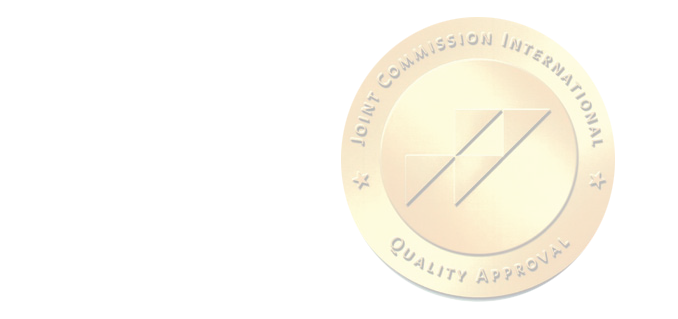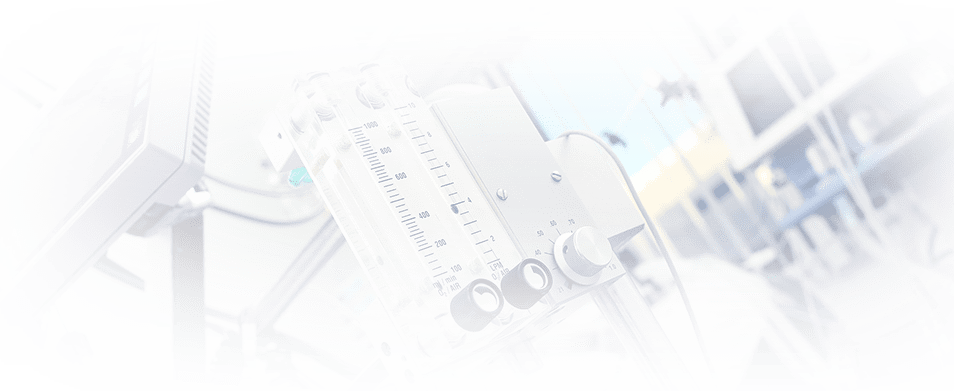Cone Beam CT of the Jaw
Cone beam computed tomography (CBCT) of the jaw is a modern X-ray examination method, which used in dental radiology for examining teeth, bones of the lower part of the facial section of the skull. Jaw research is practiced in orthodontics and implantology. The survey results can be presented in electronic form or on a printed 3D image from any convenient angle.
Thanks to the precision of cone beam computed tomography, an effective layer-by-layer examination of tissues is carried out and the results are obtained the first time. During the diagnosis, the patient is exposed to a small dose of radiation, for this reason, it is not recommended to perform CT more than 14 times in one year.
Contrast enhancement during the procedure is used extremely rarely - with tumor processes and with the appearance of pathological neoplasms. Iodine-based products are usually used as a contrast.
Indications and contraindications for jaw CBCT
Cone-beam computed tomography of the jaw is performed in the following cases:
- before prosthetics;
- during dental treatment;
- with injuries to the facial area;
- with anomalies in the development of the jaws;
- for the timely detection of tumors, cysts and other neoplasms.
It is not recommended to carry out this procedure during pregnancy or lactation, in order to avoid receiving a dose of radiation. Also, if you have intolerance to the contrast agent, inform your doctor. He will find a more conservative method for you.
Preparing for Jaw CBCT Procedure
The procedure does not require preparatory measures. Before the examination, the specialist will ask you to remove all metal products from the area of radiation exposure (earrings, chains, etc.). The chest area is covered with a special protective apron.
Make an appointment and treatment with our specialists by phone in Moscow: +7 (495) 775-73-60 or visit our clinic at a convenient time for you.
Doctors







